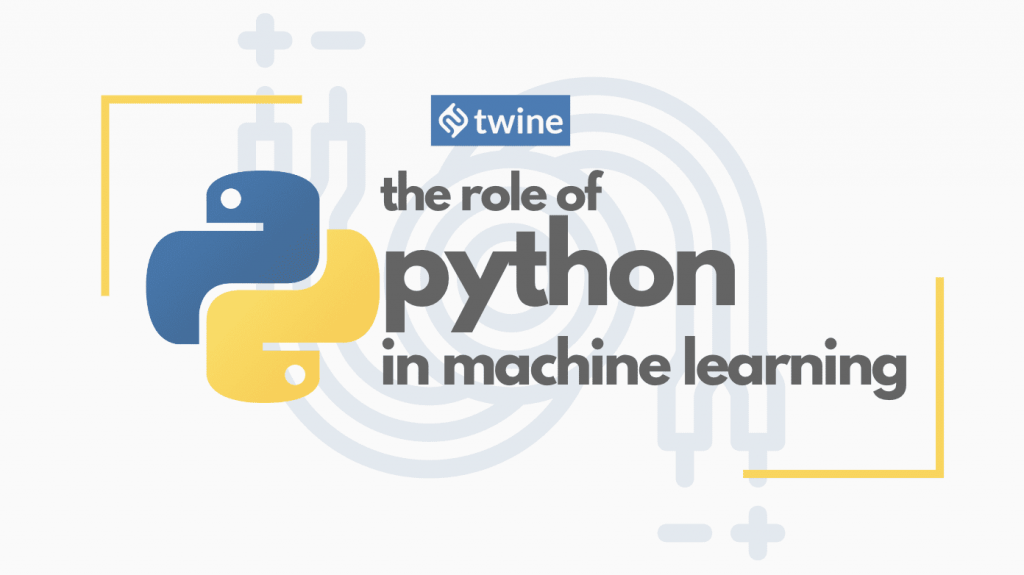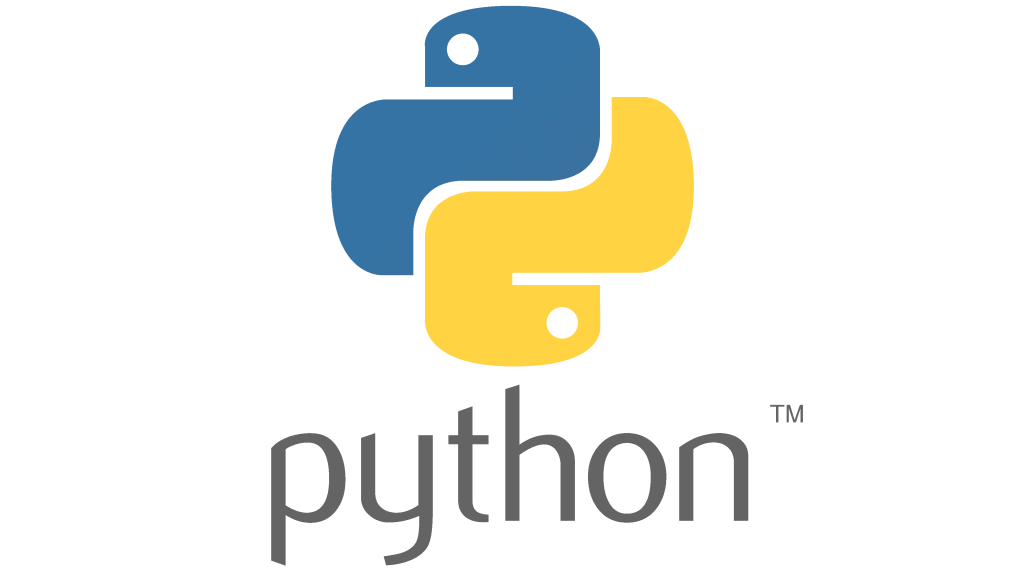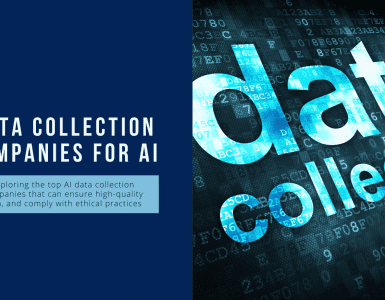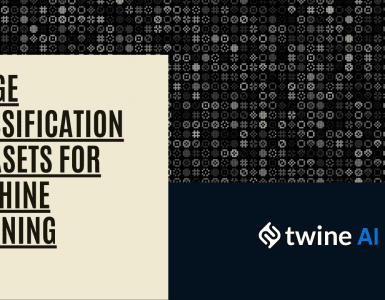
For more Web Tools, check out the Freelancer Toolkit…
Technology continues to evolve every day. Some advancements could quickly and efficiently send a business’ profit margins up. With big data becoming more important, machine learning is among the technologies that can help translate that information. But to do this, you need to have a good programming language – like Python.
Programming is essentially the machine learning world. Just like any world, it has several different languages.
There are many tools and software available to a developer that it’s difficult to know where to begin. Python is the solution to that problem.
Today, we’ll discuss what makes Python such an excellent language for beginning programmers, and how applicable it is for machine learning.
Need a Python Developer? Browse over 12,000 high-quality web developers here at Twine…
What is Python?

Guido Van Rossum designed Python in 1991 as a backend programming language. Guido’s work on educational learning influenced Python, simply dubbed “ABC” in the 1980s. It is unique among programming languages for one important reason: the necessity of indentation in the code.
Some developers at the time claimed that this made the language more difficult when actually, it had the opposite effect. Making indentations matter required programmers to pay close attention to the script they were creating. In addition to its simplicity, Python also came with a whole host of qualities that made it perfect for integration.
Python has so many uses outside of being a learning tool for new developers, including but not limited to:
- Data Analysis
- Finance
- Website Integration and Creation
- Scientific Computing
- Web Scraping
- Complex Scripting
- SEO Integration
- Web Design
- Game Development
- Artificial Intelligence
- Language Development
- Animation
These are only some of the applications that you can use Python for. You will be learning a lot more ways to utilize the language as you master it.
Thanks to always being in demand, there’s no shortage of training resources to use out there as well. Not to mention the large community, both professional and hobbyists.
Resources to Learn Python

Learning Sites
There are some online courses you might want to look into if you want to get started learning Python.
Sites like Google’s Python Class, Udemy, Coursera, Microsoft’s Free Python Lesson, and Codecademy are popular within the community for getting a basic understanding of the language.
The complexity of online courses varies, so do your homework. After completing a course, attempt to find more courses that cover topics you’d like to learn more about. A novice Python course, for example, is unlikely to contain in-depth instruction on how Python is utilized in game development.
Online Communities
If you can’t fully grasp something from a book or an online course, there’s always a large community of Python developers willing to assist you. Sites like GitHub, SourceForge, and Reddit allow newcomers to ask questions and receive responses from seasoned experts and hobbyists alike.
Other platforms, such as Vimeo and YouTube allow you to search for specific problems. Perhaps you could discover someone else who made a guide on how to solve your problem.
Finally, there are databases like Full Stack Python that serve as a nexus for all Python learning resources.
Physical Books
Even in the digital age, books can inform a lot.
Automating the Boring Stuff and Practical Python provide a lot of insight into the language. Books are also wonderful for reading because they are not as easily distracted. Having a book by your side instead of a website might sometimes help you keep more focused on the task at hand.
What is Machine Learning?

Machine learning is a type of artificial intelligence that uses algorithms and hard data to mimic the way that human beings “think”.
In essence, instead of relying on human input to conclude, machine learning cuts out the middleman and does all the calculations by itself. One of the limitations of machinery is its reliance on user input.
With machine learning, developers hope to streamline the process of technological development. Through algorithms, machine learning can perform several important tasks. They can make predictions, perform insights, curate detailed analyses and create a responsive AI that can bring the user what they need in real-time.
Benefits of Machine Learning
Here are the reasons why you should use machine learning in the first place.
Automation
Machine learning’s primary benefit is how much time and resources it saves through automation. This allows AI to do all the busy work for the developer. It’s never been a matter of skill as to why technical aspects are hard to do. It’s because developers are human, and even if they can write the code, they cannot do it everywhere instantly all at once. That is exactly what automation lets you do.
Efficient Data Handling
Machine learning is capable of reading vast amounts of data incredibly fast. Not only is it fast, but it also comprehends the data and produces a legible summary for the user. This efficient processing of data makes automation a must for any data-centric business. Accounting firms, science teams, and route calculating apps benefit greatly from efficient data.
Studying User Behavior
Machine learning uses algorithms to notice patterns in data. User behavior is a great target for these algorithms. Using machine learning, you learn a lot about user behavior on specific sites or applications. For example, online shopping sites can use visiting patterns to recommend similar products to their customers.
App Diversity
Machine learning is applicable to many projects. Almost everything benefits from using machine learning in some form. In particular, education, medical, banking, tech, and science sectors benefit greatly from the efficiency brought by machine learning. It allows faster detection, data analysis, and the general speeding up of any software-related process.
Where Does Python Fit In All This?

AI projects aren’t as cut and dry as the usual software development process. They rely on different technologies and skills. Implementing and maintaining AI is a very difficult task. The language you choose needs the following traits to be effective. Otherwise, your project will be prone to errors and delays.
Versatility
Python has a high level of integration compatibility compared to other languages. It works with not just other systems, but also other programming languages. In an AI environment, where different tools are required, versatility is an incredibly important feature. In addition, Python is also portable and easy to extend, making it convenient as well.
Extensive Library
Python is an open-source language. That means it not only has a ton of assets and third-party resources at your disposal but support for them as well. The community is bustling and will continue to do so for the foreseeable future. Many professionals have adopted Python for machine learning, so there’s no worry about lacking support there.
Simplicity
Python is a stable language and has a great amount of support from its developers and the community. Machine learning is so finicky that anything that minimizes randomness is a great asset. Python provides that with its simplicity. The code is readable even for amateur developers, and most experienced programmers can tell when something is wrong with a glance.
Consistent
Python is intuitive, reliable, and easily readable. Sure, machine learning uses complex algorithms behind the scenes, but it’s important to make the code that makes that possible as simple as possible. Reliability comes from familiarity and shaving off as many unnecessary parts as possible. Python’s vast resources and simplicity means consistent results are pretty easy to get.
Fast
Python is a fast language in several ways. Because it’s easy to understand, development goes by much faster. No pouring over resources to double-check every little bit of syntax. In addition, Python’s code testing and reviewing tool library are vast. That means reviewing bugs and inconsistencies goes by much faster. Lastly, there exists a superset of Python known as “Cython” that speeds up Python to the speed of languages like C.
Independent
Python is a platform-independent language – it can be moved from one machine to another with little to no change acquired.
Python is supported by Linux, macOS, and of course, Windows. It’s used extensively for standalone applications on all the common operating systems. The easy distribution means your machine learning project can be done on any machine with little change required.
Conclusion
All of this information only scratches the surface of what Python machine learning can do. Python and machine learning can combat disinformation, improve student focus, notice patterns in historical data, and even solve cold cases. Of course, it’s no miracle combination. Both Python and machine learning are tools.
A tool is best used when it is fully understood.
That’s why you (or a dev team) should leave no stone unturned in your learning process. Machine learning is very complicated to learn, and that’s why Python helps to simplify the process. Consider hiring freelance developers. You can find some of the best freelancers on our site here.
Ready to get hired? At Twine, we have dozens of top-quality jobs being posted each and every day. From design to marketing, development to copywriting – there’s a job ready for your skills. Join the marketplace of diverse creative talent here.








